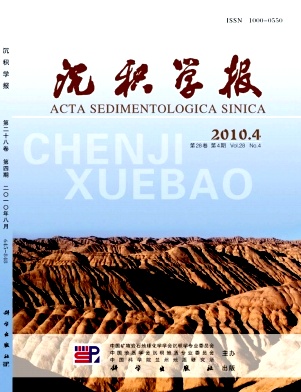The Discovery and Geological Significance of Glauconites from the Palaeoproterozoic Xiong'er Group in the Southern Part of the North China Craton
- Received Date: 1900-01-01
- Rev Recd Date: 1900-01-01
- Publish Date: 2010-08-10
-
Key words:
- North China Carton
Abstract: Glauconite is a kind of hydrous layered aluminium silicate mineral, which is commonly refered to as a marine facies indicative mineral. Numerous studies have demonstrated that glauconites minerals usually form in modern oceans with high depths and slowly sedimentary rates. The Paleoproterozoic Xiong'er Group, widely occurring in the Xiong'erZhongtiao aulacogen in the southern margin of the North China craton, represents the most intensive magmatism after the formation of the crystalline basement of the North China craton. The Xiong'er Group is occupied by volcanic lavas as well as minor sedimentary rocks and volcanic clastic rocks (4.3% in thickness). The sedimentary rocks occur as interbeds in the Dagushi and Majiahe Formations of the Xiong'er Group. Glauconites were discovered in the sandstone from the Majiahe Formation, which gives us a opportunity to elucidate the formation environment of the Xiong'er Group. Sedimentological and petrographic studies indicate that the glauconites have high content of K2O(>8%), showing that these glauconites belong to the highevolved glauconites. The characteristics of glauconites from the Majiahe Formation reflect that they formed in a highenergy shallow sedimentary environment, not in a environment with a slowly sedimentary rate. Shortly afiter the extension of the Xiong'erZhongtiao aulacogen, transgression was northward in the Palaeoproterozoic era. At the early stage of the Xiong'er Group, the southern part of Henan province was in a marine environment, whereas the northern part is still in a continental environment. At the later stage, the southern area of Shanxi province was in the marine environment, as indicated by the discoveries of glauconites in the Majiahe Formation.
| Citation: | XU Yonghang. The Discovery and Geological Significance of Glauconites from the Palaeoproterozoic Xiong'er Group in the Southern Part of the North China Craton[J]. Acta Sedimentologica Sinica, 2010, 28(4): 671-675. |






 DownLoad:
DownLoad: